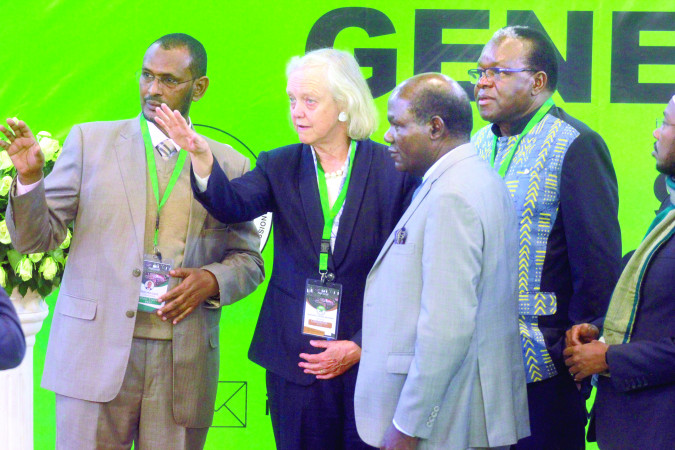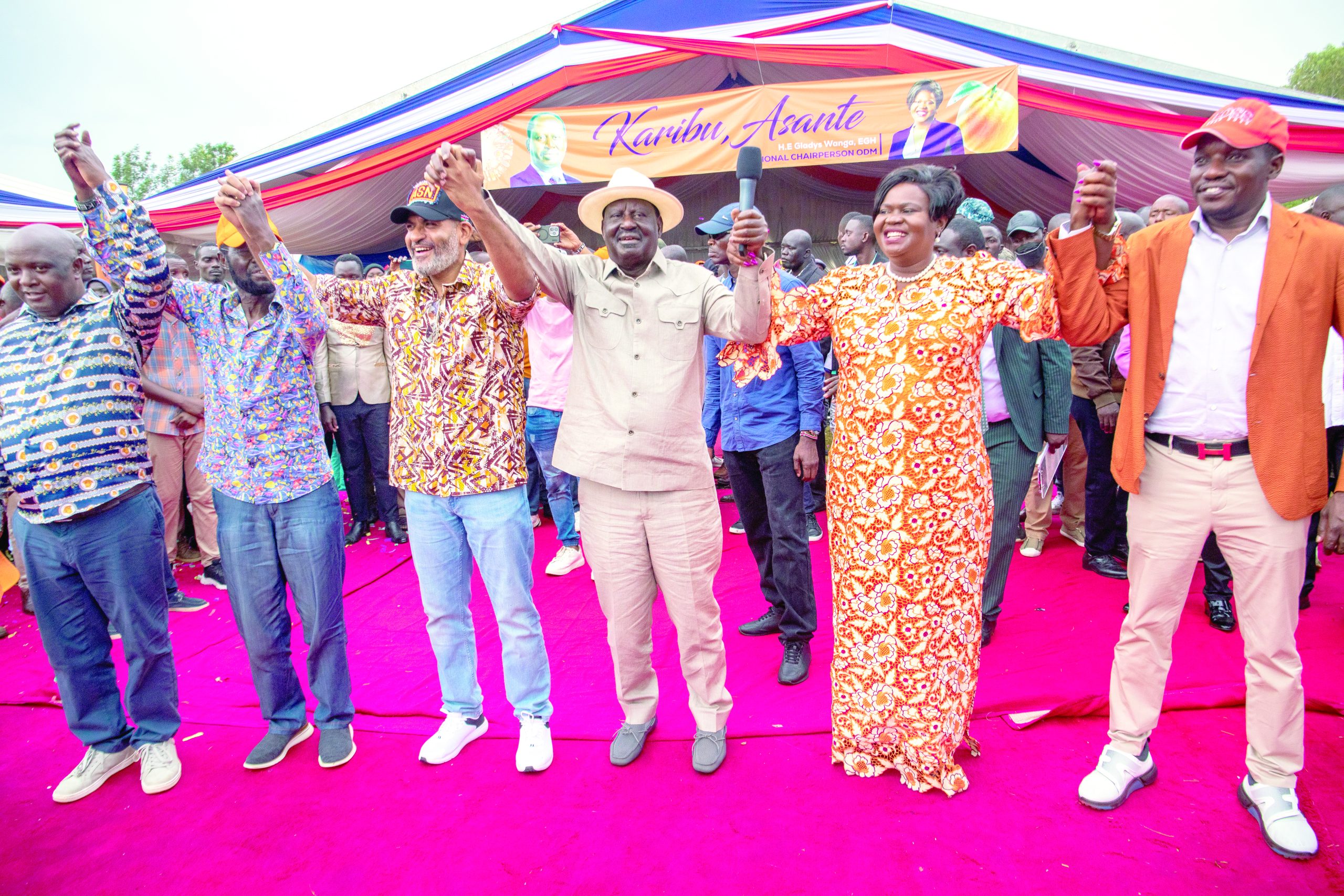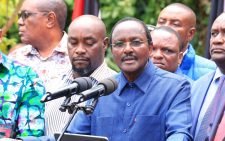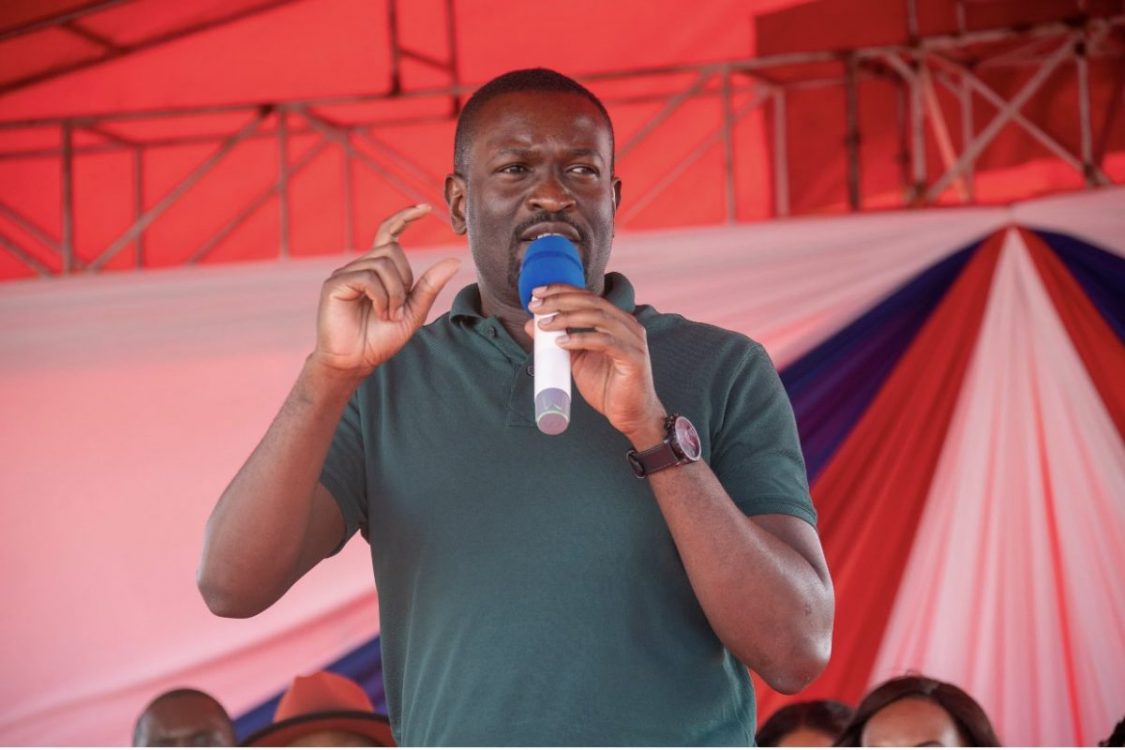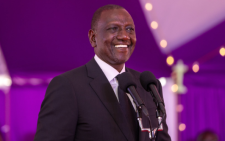Improve media’s tallying of presidential election results

Media houses tallying of the 2022 presidential election played a very crucial role in managing what would be an otherwise highly anxious nation as the Independent Electoral and Boundaries Commission (IEBC) trended more cautiously in updating Kenyans on progress.
The Supreme Court ruling that annulled the 2017 presidential elections set a high bar for the IEBC in the manner it conducts voting and transmits the results, which the IEBC strived has strived to follow to the letter to avoid the 2017 legal minefields.
Kenya has now set the stage for an increasing role of media in the election tallying in the coming years, bringing in a persuasive need to craft standards and guidelines on how to accommodate this expanded role.
In this year’s presidential election tallying by the media, though significantly important, confusion arose among the Kenyans when different media houses portrayed different results due to the lack of a synchronized approach.
Various media outlets drew the data from the same source, with each doing it randomly as uploaded by IEBC, but displayed highly varying tallies, which caused confusion and jitters among many Kenyans.
In attempts to enhance transparency and accountability, the IEBC, in a very encouraging move towards conducting free and fair elections, the electoral body set up a public portal with all the form 34As, to allow any Kenya to follow the electoral outcome by tallying the results.
This unexpected move became a very important tool to media houses, eager to keep the nation informed. However, there was a clear manifestation of the media houses lacking manpower in carrying out the laborious task of data processing, based on the time it has taken them to give provisional results.
The slow pace at which mainstream media tallied the provisional results is a clear testimony of how hard the process is, which should inform them to prepare personnel and tools for such an undertaking in the future.
Since the IEBC has not been able to meet the expectation of same-day election results, partly due to the complex nature of our elections, and with the low level of confidence the agency has faced in the past, media outlets should utilise the public portal to quickly and accurately determine who wins the highest office in the land.
And with the ability to have reporters spread across the country during elections, the creation of more tally centres would look plausible. They should not necessarily wait for the IEBC to upload the data in the portal but can employ their own tools to collect data from the field.
While the law gives IEBC seven days to announce the winner of the presidential election, it would be very encouraging if the outcome is made soonest possible. Kenya’s presidential election has over the years remained emotive and charged leading the country to post-election violence in 2007.
Independent tallying strengthens transparency and accountability with an ability to legitimize IEBC processes. News organizations can improve methods of collecting data and work in tandem to avoid relaying confusing outcomes.
— The writer is a Public Policy analyst — [email protected]
